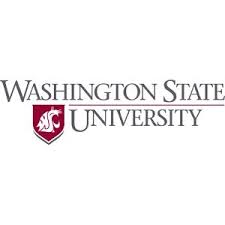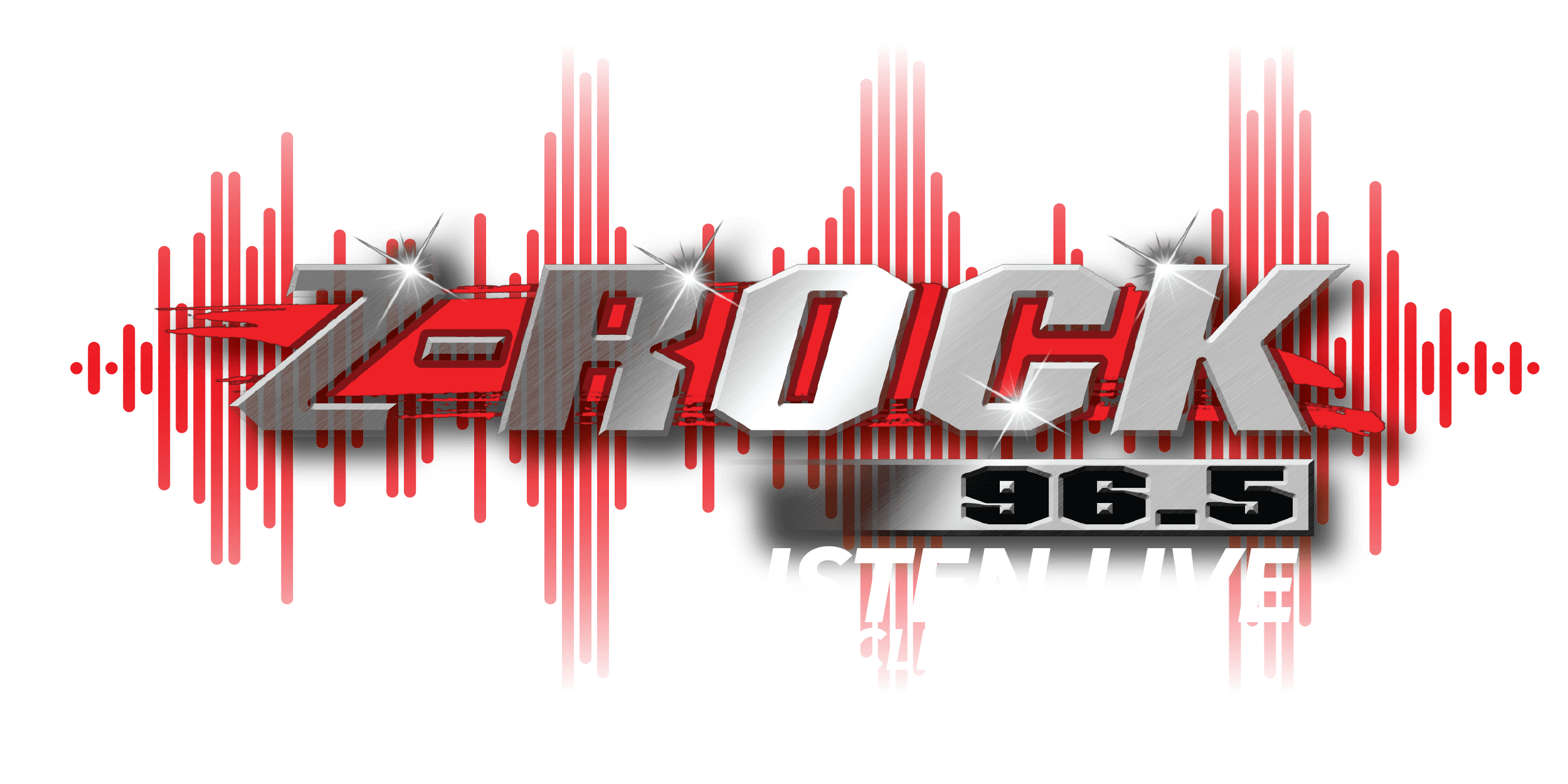
Crossings over highways intended to preserve biological diversity also appear to reduce wildlife-vehicle collisions in Washington state, saving roughly $235,000 to $443,000 every year per structure.
A Washington State University economic analysis found there were 1 to 3 fewer collisions involving wildlife per mile, each year in a 10-mile radius around each wildlife crossing in the study. Wildlife crossings are designed to help animals move in search of food and to escape predators and wildfires, but this is the first known study to look at the reduction in wildlife-vehicle collisions in Washington state. Wisnu Sugiarto, a WSU economics doctoral student and author of the study, noted that similar evidence has been found by studies in North Carolina, Utah and Wyoming. There soon may be many more structures across the country since $350 million was allotted in the federal Infrastructure Investment and Jobs Act signed into law in 2021.
Washington state currently has a total of 22 wildlife bridges and underpasses. Half of the state’s wildlife crossings are found in Kittitas County where that interstate bisects the Cascades, a major division of habitat for many animals. These types of structures can range in cost from $500,000 for a tunnel-like underpass to over $6 million for a broad bridge like the one near the Snoqualmie Pass on Interstate 90. This study relied on official reports of wildlife-vehicle collisions, which are only required when damage is $1,000 or more. Future research might look at insurance claims, which would reveal more data and potentially show greater benefits from these structures, the researcher said.
During the study time-period, there were more than 1,600 wildlife-vehicle crashes every year in the state with about 10% resulting in human injury and even a few deaths. Decreasing these accidents would reduce unnecessary trauma and potentially save lives in addition to saving money, Sugiarto said. (WSU)

